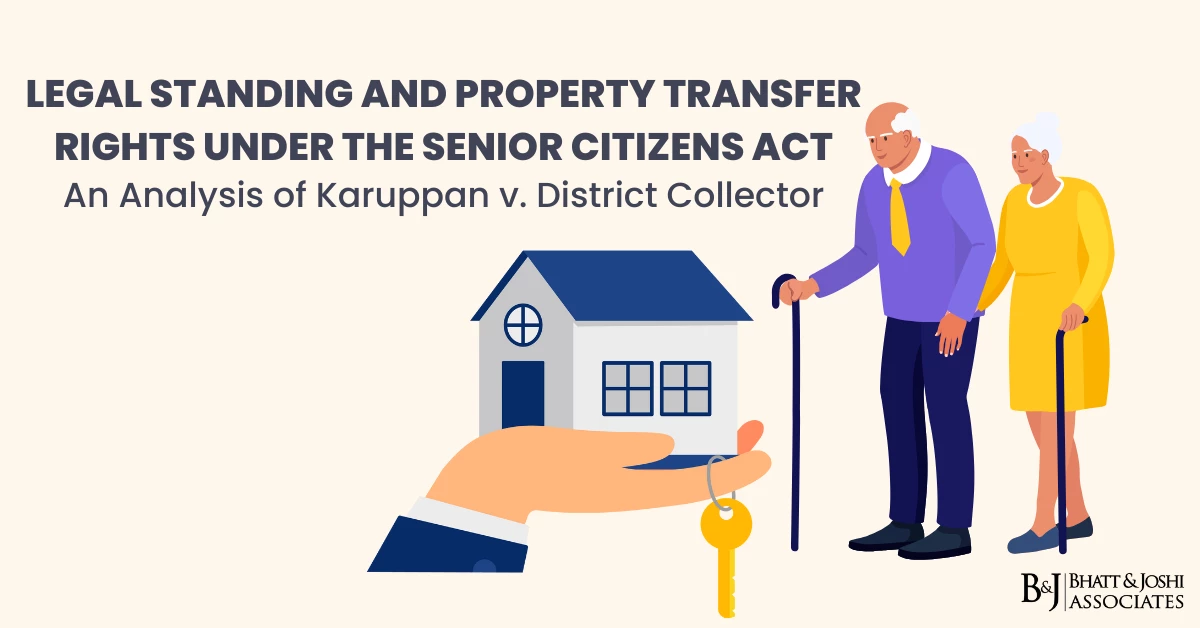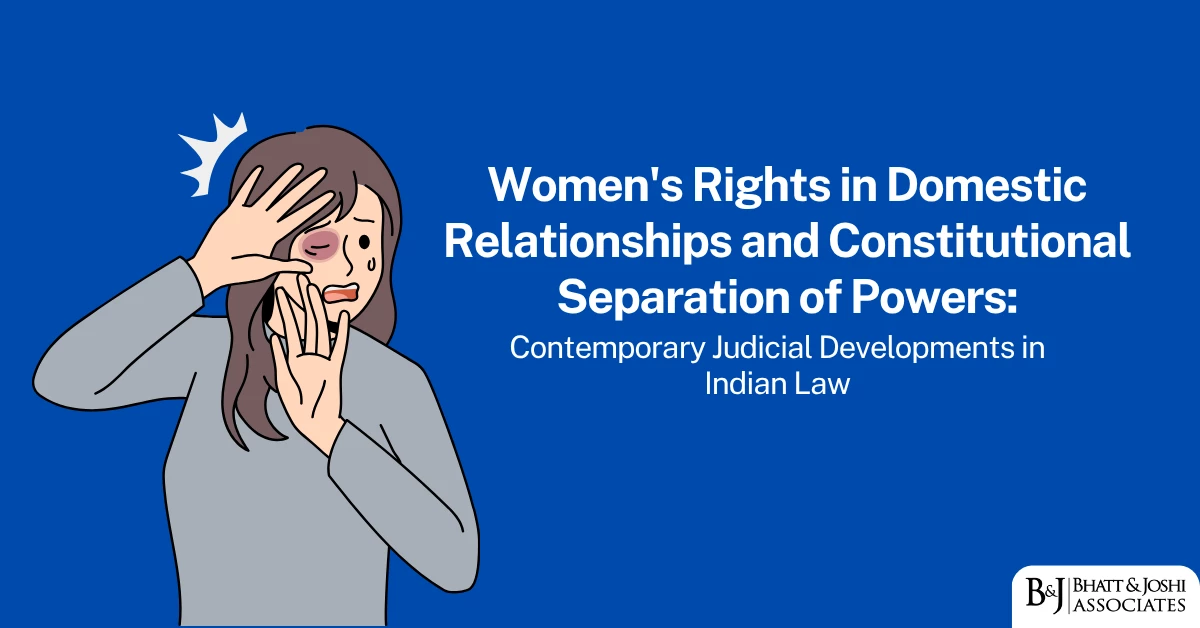Introduction
The writ of Habeas Corpus is the remedy provided in our constitution against arbitrary detention. Through this article, we would understand the meaning and origin of Habeas corpus, its widening ambit, some procedural aspects like the burden of proof and locus standi, its importance, and the dangers that threaten its existence or efficiency. Moreover, we will understand it better through the ratio in some landmark case laws and an illustration from a real-time case in the HC of Gujarat.

Background
Habeas Corpus is a constitutional remedy provided against illegal detention. It is one of the five writs through which an individual can approach the Supreme Court or the High Courts for the implementation of his fundamental rights. It is recognized as the first security of civil liberty as it provides a prompt and effective remedy against illegal detention. It is the right to challenge the legality of one’s own imprisonment and is one of the oldest legal principles in the world. The writ of habeas corpus has been used for centuries to protect citizens from wrongful imprisonment.
The literal meaning of the phrase is the production of the body of a detainee before the court for examination. Through it, the court commands that the detainee be brought to the court for an examination so that the court can determine whether the detention is legal or not.
For example- if a person is detained by police without producing him before the magistrate within 24 hours, such detention can be challenged as illegal through the writ of habeas corpus.
Origin
The writ of Habeas Corpus was first recognized in India in 1877, by the High Court of the Bombay Presidency, allowing a prisoner to be released from unlawful detention. Since then, the writ of Habeas Corpus became an important part of the Indian legal system and is used to protect citizens from arbitrary arrest and detention.
Widening Ambit
The ambit of Habeas Corpus has expanded from the mare production of the body to the insurance of even life and liberty. This includes the quality of food, medical care, and other necessities. It can be used to challenge the length of a prisoner’s sentence or the legality of the conviction itself. It allows individuals to challenge the evidence against them, the legality of their arrest, or the conditions of their confinement.
Earlier illegal detentions could not be challenged through Habeas Corpus but today the Supreme Court has expanded the dimension of this writ and now the Court awards compensation not only for past illegal detentions but also for loss of life as was done in the case of Rudul Shah v. State of Bihar. The writ can also be issued where the imprisonment or detention is ultra vires to the statute that authorizes such arrest or detention as done in the case of Keshav v. Commissioner of Police.
Importance
Habeas corpus has been used to protect individuals from various forms of government abuse, including wrongful imprisonment, torture, and other forms of mistreatment. It has been used to secure the release of political prisoners, prisoners of war, and individuals who have been wrongfully accused of crimes. Its importance was best highlighted by the Supreme Court in the case of Justice K.S. Puttuswany (Retd.) and Anr. Vs Union of India and Ors. (Right to Privacy verdict) wherein the ADM Jabalpur Case was overruled by a 9-judge bench stating the inalienable nature of Life and Personal Liberty.
“The right to life has existed even before the advent of the Constitution. In recognizing the right, the Constitution does not become the sole repository of the right. It would be preposterous to suggest that a democratic Constitution without a Bill of Rights would leave individuals governed by the State without either the existence of the right to live or the means of enforcement of the right. The right to life being inalienable to each individual, it existed prior to the Constitution and continued in force under Article of the Constitution…The power of the Court to issue a writ of habeas corpus is a precious and undeniable feature of the rule of law.”
Dangers
Despite its importance, the writ of habeas corpus has come under attack several times mainly on the grounds of national security. An unforgettable example of this is the ADM Jabalpur v. Shivkant Shukla case where the supreme court denied entertaining the petition of habeas corpus on the grounds of interest of the state. Moreover, the delays by courts seem to defeat the very purpose that habeas corpus is meant to serve as seen after the abrogation of Article 370 on 5th August 2019.
Procedure
Once the petition is accepted, the detaining authority has to present the person in the court and justify his actions by stating valid grounds, thus unlike the civil process, the presumption of non-authority here is on the person who detains another. If the court doesn’t find any legal for cause, then it will order for the immediate release of the person confined or imprisoned. The rule of locus standi is not strictly applied here considering that the detainee might be incommunicado (Sunil Batra vs Delhi Administration). Moreover, even in the case where an alternative remedy is available, habeas Corpus can be filed.
Illustration from a court case in the St of Gujarat –
A daughter went missing and the mother alleged that she was abducted by a married man who lived near-by. She filed a complaint in the police station and alleged that the authorities did not take appropriate action. Therefore, being aggrieved and dissatisfied by the investigation of the authorities and adherence to the procedure laid down by the law she filed a Habeas Corpus writ petition before the court. However, before the matter could be considered at admission stage the daughter denied that she was abducted and stated before the court that she left her mother at her free will. Thus, the petition was disposed off.
Conclusion
Habeas Corpus is clearly the bulwark of an individual’s freedom. Life and liberty are so integral to one’s life that the 44th amendment to the Constitution of India declared them non-derogable rights even during times of emergency and they are not a “gift of the constitution”. Although we saw how it has faced miscarriages in the past by power-greedy governments and how the delays by court fail to accomplish, the purpose that this remedy is meant to serve. Although the presence of such a remedy in the constitution is the reflection of the values that we as a country cherish but to actually shield it would require a lot of crusading from us the people of India.











